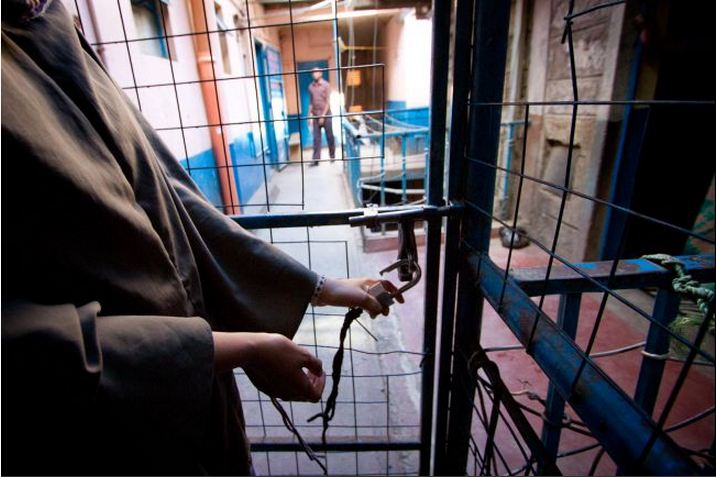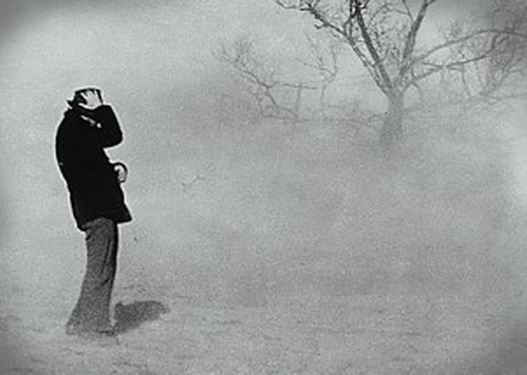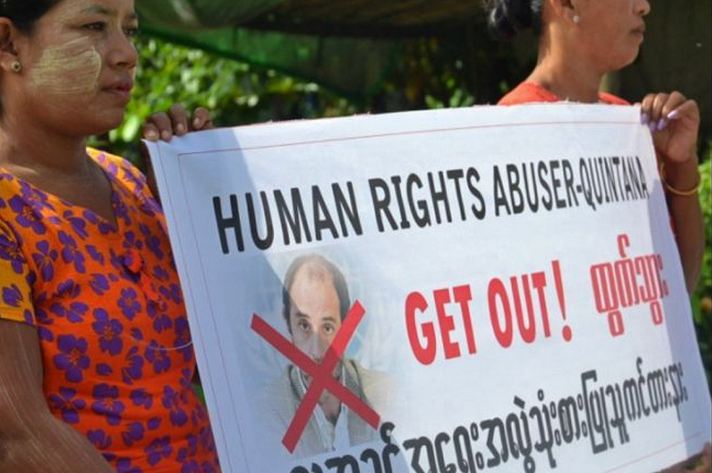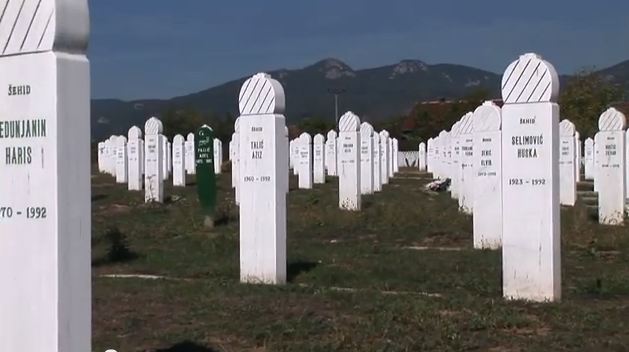NPR’s story on a local election in El’ad, an ultra-Orthodox Israeli town, is great as far as it goes; it just does’t go very far. Reporter Emily Harris’ four minute audio clip focuses on why two mothers are challenging community mores to run for town council. According to Harris, the “Mothers for El’ad” are just doing what moms anywhere would do: fighting for their families. The candidates want the town to build amenities including a library and a pool, and they’d also like better bus service. Harris captures the campaign’s frisson, including muted support from the town’s other mothers. But it lacks context for understanding Israel’s growing gender problems, El-Ad’s unusual history and the ways that both reflect the strength of the ultra-Orthodox community.
El-ad was “born” in the late 1990s, a settlement bordering the West Bank in central Israel. (Since El-ad is within Israel, residents did not receive the financial incentives awarded to settlers who move to the West Bank.) Ariel Sharon, who was the country’s minister of housing at the time, saw it as a strategic geographic outpost that also served ultra-religious Jews who wanted inexpensive but comfortable homes in a new community. City planners built big homes to accommodate large Orthodox families, but they did not include the community facilities that the Mothers of El’ad now seek.
El-ad’s female candidates are part of a larger movement pushing back against religiously circumscribed gender roles. Racheli Ibenboim, an ultra-Orthodox woman who sought a seat on the Jerusalem city council, embodies the push as well as the pull back. Ibenboim withdrew from the race after receiving threats to her family. Ibenboim’s experience, in the country where Golda Meir served as prime minister more than 40 years ago, illustrates the impact of religious Orthodoxy on Israeli life. As a recent article in Al-Monitor points out, Israel has been “a relatively positive model for women’s rights,” but the increased social presence and political power of the Orthodox has erupted in conflicts over seating on public buses and images on outdoor ads. (The Israeli Supreme Court prohibited forcing women to sit in the back of public buses and permitted females faces on public advertisements.)
Almost two years ago, the New York Times quoted a Hebrew University philosopher who predicted that gender issues would be as unsettling in Israel as they have been in Muslim countries, “This is an immense ideological and moral challenge that touches at the core of life, and just as it is affecting the Islamic world, it is the main issue that the rabbis are losing sleep over.” And just this new summer, the New Republic suggested that Israel’s best hope against fundamentalism is a nascent coalition of secular and religious women. The American news media has overlooked internal Israeli issues since events in Eqypt, Iran and Syria are more spectacular–that is, dramatic, sensational and conflict-laden. But the rising role of the Israel’s religious right is an important domestic as well as international story. And its ramifications will echo beyond winners and losers in the El-ad election.








